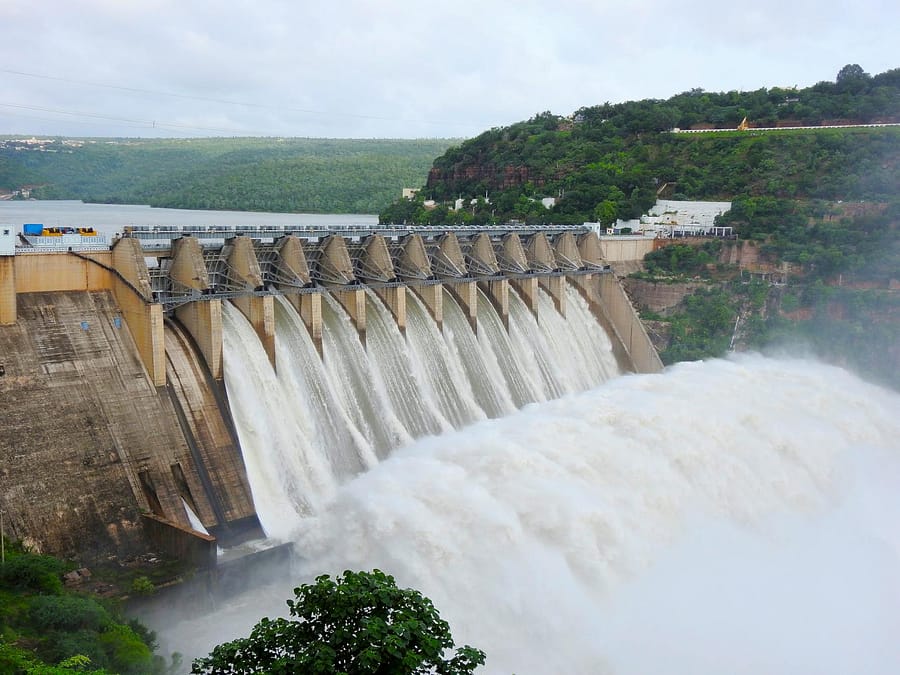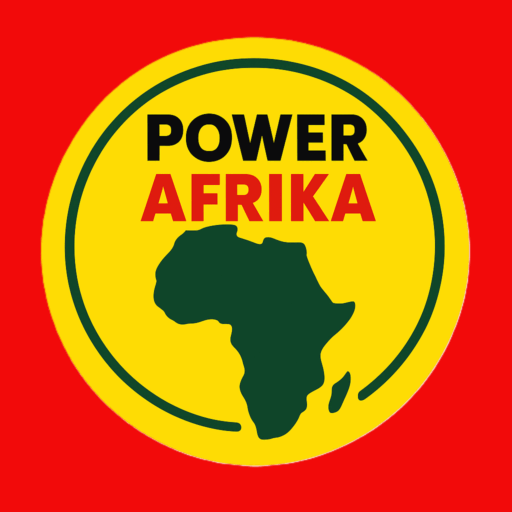Introduction: Africa’s hydroelectric plants stand as testament to human ingenuity and the continent’s rich natural resources. From the thundering waters of the Congo to the serene flow of the Nile, these projects have transformed rivers into sources of energy, driving economic development and improving lives. In this comprehensive guide, we’ll explore each hydroelectric plant across Africa, from the colossal giants to the smaller-scale projects, uncovering their history, significance, and impact on local communities.
1. Inga Dams, Democratic Republic of Congo (DRC)

- Located on the Congo River, the Inga Dams are among the largest hydroelectric projects globally.
- The Grand Inga project aims to harness the river’s immense power, with a potential capacity of up to 40,000 megawatts.
- Challenges such as funding constraints and political instability have hindered the project’s progress.
2. Grand Ethiopian Renaissance Dam (GERD), Ethiopia
- Positioned on the Blue Nile River, the GERD is Ethiopia’s ambitious endeavor to utilize its water resources for development.
- With a planned capacity exceeding 6,000 megawatts, the dam has faced controversy and geopolitical tensions with downstream nations.
- Despite challenges, the GERD has the potential to transform Ethiopia’s energy landscape and benefit neighboring countries.
3. Kariba Dam, Zambia and Zimbabwe
- The Kariba Dam, situated on the Zambezi River, has been a vital source of electricity for Zambia and Zimbabwe since the 1950s.
- With a capacity of over 1,000 megawatts, it has faced challenges such as siltation and aging infrastructure but remains crucial for regional energy supply.
4. Akosombo Dam, Ghana
- Proudly standing on the Volta River, the Akosombo Dam was once a symbol of Ghana’s industrialization ambitions.
- With a capacity of 1,020 megawatts, it played a crucial role in powering Ghana’s economy but faces challenges like fluctuating water levels.
5. Inga-Kolwezi Transmission Line, Democratic Republic of Congo (DRC)
- Connecting the Inga Dams to Kolwezi, this transmission line facilitates electricity transmission from the dams to industrial and residential consumers.
- With a capacity of 600 megawatts, it drives economic growth in the region, despite facing logistical and operational challenges.
6. Gilgel Gibe III Dam, Ethiopia
- Situated on the Omo River, the Gilgel Gibe III Dam is part of Ethiopia’s efforts to harness its hydroelectric potential.
- With a capacity of 1,870 megawatts, it has faced controversy over its environmental impact and displacement of local communities.
7. Inga I and II Dams, Democratic Republic of Congo (DRC)
- The Inga I and II Dams, part of the larger Inga project, have a combined capacity of over 1,700 megawatts.
- They represent significant potential for the DRC’s energy sector but face challenges such as funding and governance issues.
8. Tekeze Dam, Ethiopia
- Located on the Tekeze River, the Tekeze Dam is Ethiopia’s largest hydroelectric project outside of the Nile basin.
- With a capacity of 300 megawatts, it has improved access to electricity in rural areas but has raised concerns about its impact on downstream communities.
9. Cahora Bassa Dam, Mozambique
- Positioned on the Zambezi River, the Cahora Bassa Dam is Mozambique’s largest hydroelectric project.
- With a capacity of 2,075 megawatts, it has been a significant source of revenue for the country but faces challenges like maintenance and environmental concerns.
10. Inga III Basse Chute, Democratic Republic of Congo (DRC)
- Part of the broader Inga project, Inga III Basse Chute aims to expand the DRC’s hydroelectric capacity.
- With a planned capacity of 4,800 megawatts, it has the potential to transform the country’s energy sector but faces logistical and financial hurdles.
Conclusion: Africa’s hydroelectric plants are more than just sources of power; they are symbols of progress and development. Despite facing challenges, these projects have the potential to drive economic growth, improve access to electricity, and foster regional cooperation. As Africa looks towards a sustainable energy future, let us continue to harness the power of water to build a brighter tomorrow for generations to come.
